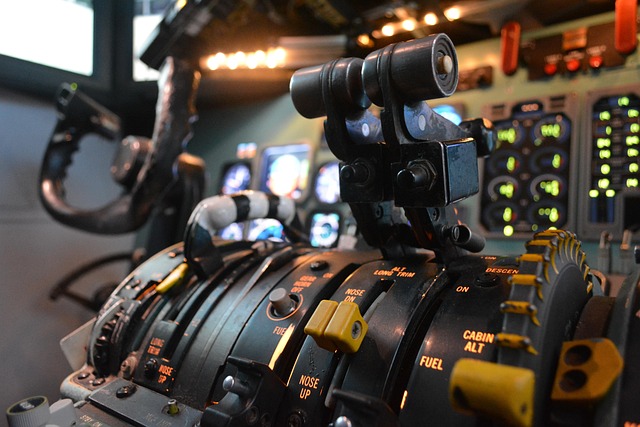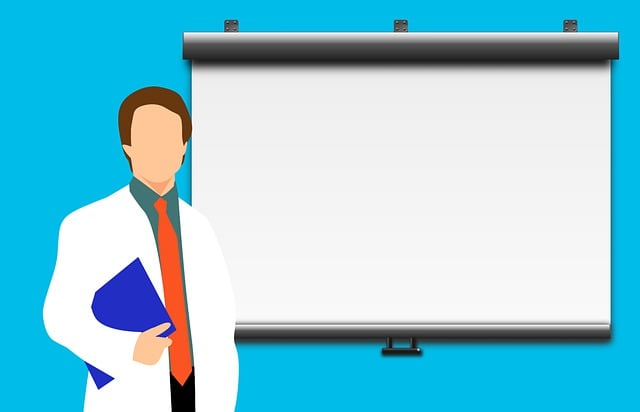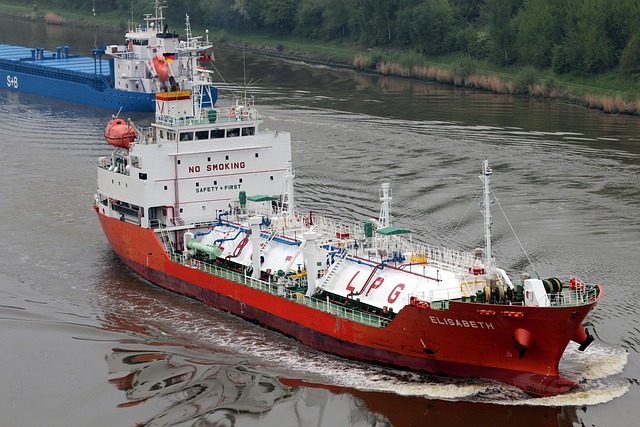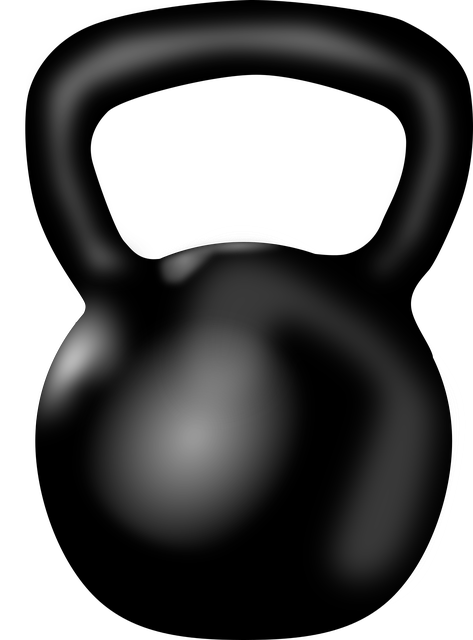Fire departments face diverse challenges demanding specialized skills and equipment, including structural fires and hazardous material incidents. An order tanker training prop offers a safe, realistic simulation environment for practicing complex operations like water supply management and tankering techniques. These simulators enhance readiness, improve incident management, and foster teamwork through cost-effective, year-round training tailored to specific needs. High-fidelity replicas of order tankers with customizable scenarios, advanced technology, and integrated props ensure versatile, immersive training for firefighters to tackle real-world challenges effectively.
Fire departments face constant challenges, demanding efficient response and effective resource management. To enhance training and prepare for real-world scenarios, introducing Order Rollover Simulators—innovative tools designed specifically for fire service operations. This article explores these simulators, their advantages as powerful training aids, and essential components. We’ll delve into how fire crews can leverage these props for realistic practice, improving overall readiness without risking personnel safety.
- Understanding Fire Department Operations and Their Challenges
- Introduction to Order Rollover Simulators
- Benefits of Using Order Tanker Training Props
- Components and Features of an Effective Simulator
- Implementation and Training Strategies for Maximum Impact
Understanding Fire Department Operations and Their Challenges

Fire departments face unique challenges that require specialized training and equipment. Understanding their operations involves recognizing the diverse range of scenarios they must prepare for, from structural fires to hazardous material incidents. These dynamic situations demand a swift and coordinated response, emphasizing the critical need for efficient training methods. One such innovation in fire department training is the use of an order tanker training prop, which offers a realistic simulation environment.
By replicating real-world conditions, this equipment enables firefighters to practice complex operations safely. It allows them to refine their skills in managing water supply lines, tankering techniques, and coordination during large-scale incidents. The order tanker prop provides a controlled setting where departments can assess their readiness, identify areas for improvement, and ultimately enhance the safety of both their personnel and the public they serve.
Introduction to Order Rollover Simulators

Order rollover simulators are revolutionary tools designed to equip fire departments with an immersive and safe training environment for handling order tanker incidents. These simulations provide a realistic, controlled setting where firefighters can practice responding to hazardous material spills and leaks without risking their safety or the public’s. With an order tanker training prop, departments can rehearse complex scenarios, enhancing preparedness and improving overall incident management.
Simulators offer numerous benefits, including cost-effectiveness, year-round availability, and the ability to customize various conditions for tailored training. By utilizing these advanced tools, fire crews can sharpen their skills, gain valuable experience, and improve decision-making during high-pressure situations. This innovative approach to training reflects a commitment to enhancing emergency response capabilities, ensuring firefighters are well-prepared to handle real-world challenges effectively.
Benefits of Using Order Tanker Training Props

Using order tanker training props offers numerous advantages for fire departments looking to enhance their response readiness and crew proficiency. These realistic, yet controlled, simulations allow firefighters to practice complex tasks related to tankering operations, such as filling, off-loading, and maneuvering large water tanks. This hands-on experience is invaluable, as it sharpens skills and builds muscle memory in a safe environment, reducing risks associated with live training exercises.
Moreover, order tanker props serve as versatile tools for customized training scenarios tailored to each department’s unique needs. They enable instructors to create diverse challenges, from urban settings to rural areas, accommodating different tank sizes and configurations. This adaptability ensures that firefighters are well-prepared for real-world situations, fostering teamwork, improving communication, and ultimately enhancing overall operational efficiency during emergency responses.
Components and Features of an Effective Simulator

An effective order rollover simulator for fire departments should incorporate several key components and features to ensure realistic and impactful training. One of the core elements is a high-fidelity, detailed replica of an order tanker, complete with functional controls and responsive behavior that mirrors real-world conditions. This includes accurate hydraulic systems, pump operations, and water flow dynamics, allowing trainees to gain hands-on experience in a controlled environment.
Additionally, the simulator should offer customizable scenarios that cover a range of emergency situations, from routine refilling to complex rescue operations. Incorporating features like variable weather conditions, terrain variations, and dynamic obstacles helps prepare firefighters for unpredictable field conditions. Advanced technology such as motion platforms and haptic feedback further enhances realism, giving trainees a visceral experience that translates directly to real-world response capabilities. The integration of order tanker training props, like portable tanks and accessories, expands the simulator’s versatility and adaptability to different training needs, ensuring that departments can optimize their resources for effective preparation.
Implementation and Training Strategies for Maximum Impact

Implementing an order rollover simulator for fire departments requires a strategic approach to maximize its impact on training and preparedness. The first step is to identify specific scenarios that reflect real-world situations, such as emergency response to hazardous material spills or structure fires involving entrapped personnel. Customizing these scenarios with relevant challenges ensures that firefighters gain practical experience in handling diverse emergencies.
Training sessions should be structured to progressively build skills from basic to complex scenarios. Incorporating order tanker training props, like mock vehicles and simulated chemicals, allows for hands-on practice in a controlled environment. Regularly updating the simulator with new obstacles, equipment, and protocols keeps firefighters agile and ready for unexpected challenges. Additionally, integrating debriefing sessions after each simulation enables participants to reflect on their actions, fostering continuous learning and improvement.






